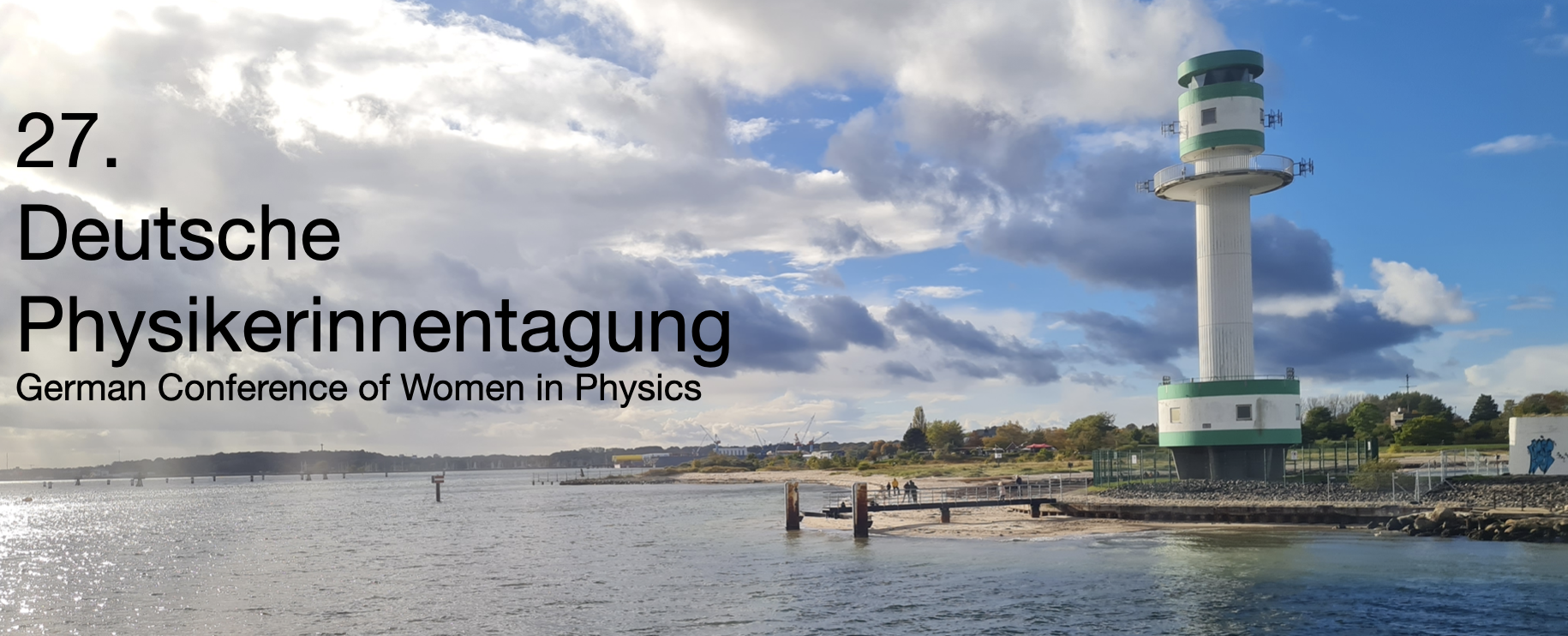Speaker
Description
At the Small Quantum Systems (SQS) scientific instrument at the European X-ray Free Electron Laser (XFEL), ultrashort, intense soft x-ray pulses are used to irradiate and often multiple-ionize samples in the gas phase, such as atoms, molecules, or nanoparticles in a vacuum environment. To investigate those samples, various spectroscopic techniques are employed. One of them is Velocity Map Imaging (VMI), where the 3D momentum of charged particles (ions or electrons) is captured by using a set of electrostatic lenses that direct the particles onto a time- and position-sensitive detector. Here, such detection is realized through an in-vacuum Microchannel Plate (MCP)-phosphor stack in combination with a mobile out-of-vacuum Timepix3-based camera. At the SQS instrument, a variety of MCP-phosphor stacks (with different channel sizes, coating, or type of phosphor) are used with the
Timepix3-based camera. To study and compare the performance of these detectors, a testing setup consisting of a UV LED uniformly irradiating the MCP-phosphor stack was built. Using a known characterization target (USAF 1951), it could be determined that after post-processing a spatial resolution of 44.2 μm is achieved, an almost 7-fold improvement compared to the raw pixel data. The impact of parameters such as the operating conditions of the MCP and phosphor, and the settings applied to the Timepix3-based camera was evaluated to establish optimal experimental conditions and to improve data quality during experiments at the SQS instrument. Finally, studying different MCP-phosphor stacks under the same UV illumination conditions enables a direct comparison of their characteristics when combined with a Timepix3-based camera.

